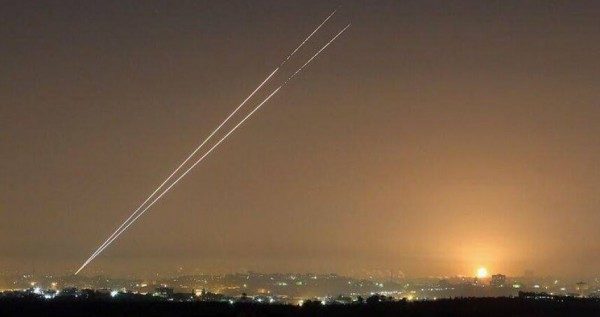OF THE
TIMES
A nation that continues year after year to spend more money on military defense than on programs of social uplift is approaching spiritual doom.
The us of a is officially effed - thanks to that traitor from LA
First I heard of it - do something that gets attention why don't ya.
I advise all **rainians to submit applications for being treated like shit by their home country lost - and then request - what is that word for...
Is this article unrelated to the other one - seems unlikely - Australia might as well be the same as the EU and NATO ---- TOAST
Oh Australia - land of convicts. I hope just like in New Zealand - the chick sure scattered - the land of it (that be the place presented called...
To submit an article for publication, see our Submission Guidelines
Reader comments do not necessarily reflect the views of the volunteers, editors, and directors of SOTT.net or the Quantum Future Group.
Some icons on this site were created by: Afterglow, Aha-Soft, AntialiasFactory, artdesigner.lv, Artura, DailyOverview, Everaldo, GraphicsFuel, IconFactory, Iconka, IconShock, Icons-Land, i-love-icons, KDE-look.org, Klukeart, mugenb16, Map Icons Collection, PetshopBoxStudio, VisualPharm, wbeiruti, WebIconset
Powered by PikaJS 🐁 and In·Site
Original content © 2002-2024 by Sott.net/Signs of the Times. See: FAIR USE NOTICE

Reader Comments
In the last conflict, analysis showed, that the majority of damages caused during rocket attacks, was done by iron dome rockets falling to ground. Debris was not allowed to be photographed, hence no public discussion about the effectiveness happened. Now the mask has fallen, and Israel asks where all the money had been gone? With that budget a working system would be expected, but it is doubt, that all money was utilized for its development, but may have ended up in another pocket.